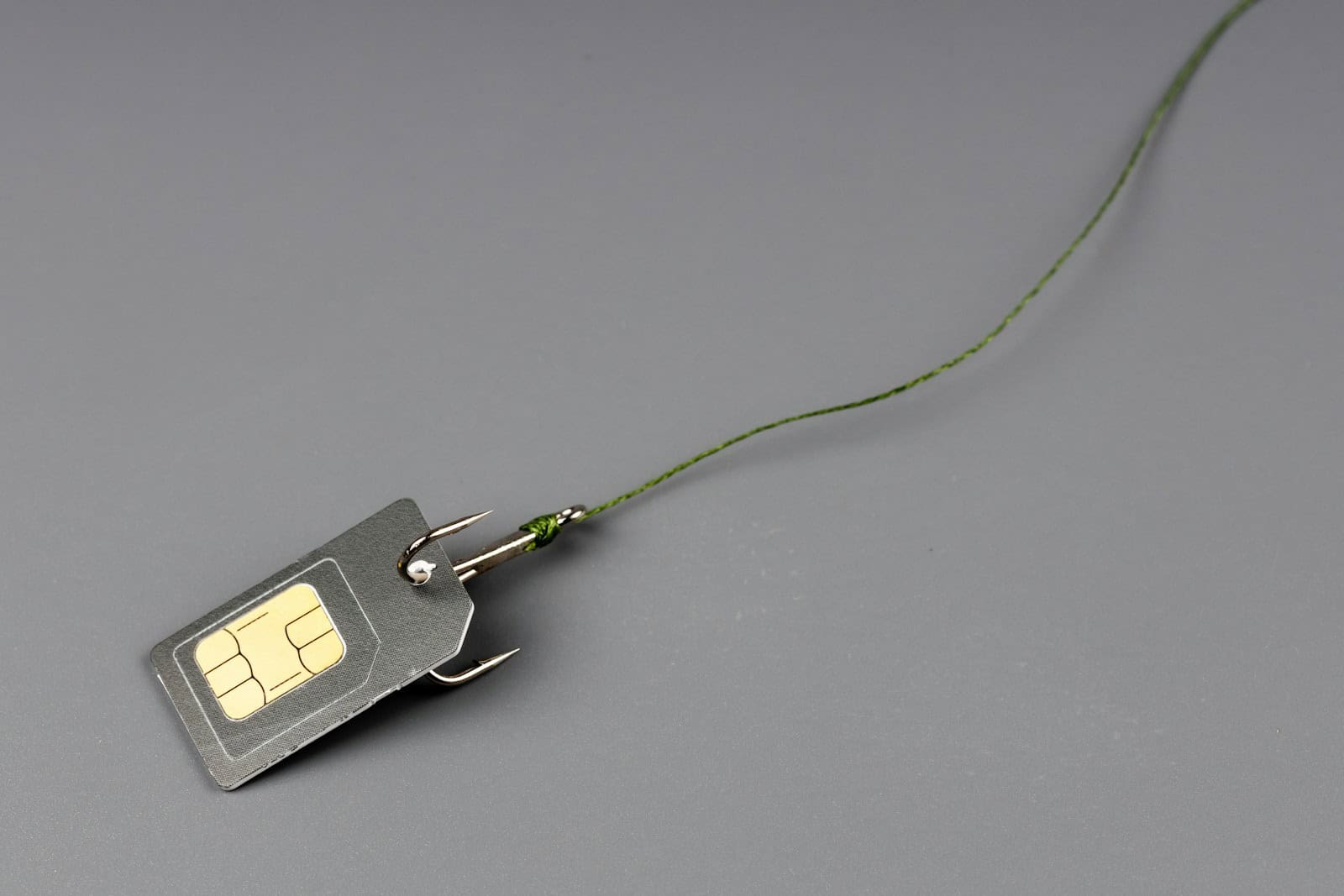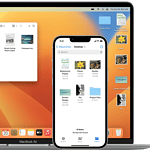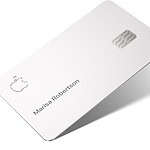A SIM card, or Subscriber Identity Module card, is essential for connecting an iPhone to a mobile network. This small chip stores data that identifies the user to the cellular provider, allowing access to the network for calls, texts, and internet services. Over the years, SIM cards have shrunk in size to fit the sleek designs of modern iPhones, evolving from the standard mini-SIM to the micro-SIM, and now to the nano-SIM which is used in newer iPhone models.
Today’s iPhones support dual-SIM configurations, enabling two phone numbers or service plans on a single device. This is managed through a physical nano-SIM combined with an eSIM, an embedded SIM that is built into the phone and can be programmed digitally. For users, managing SIM cards has become simpler with these advances, which also include the ability to switch providers or plans directly from the iPhone’s settings without changing the physical SIM card.
🔑 What Does a SIM Card Do in an iPhone?
- Identifies You on the Network
- The SIM card stores your unique subscriber ID, which tells your carrier (AT&T, Verizon, T-Mobile, etc.) that you’re an authorized user.
- Without it, your iPhone can’t access cellular services.
- Connects You to Cellular Services
- Enables phone calls, SMS/MMS messaging, and mobile data.
- Lets you roam when traveling abroad (if your carrier supports it).
- Stores Limited Information
- Unlike older phones, iPhones don’t store contacts or photos on SIM cards. Instead, they store that data in iCloud or the device itself.
- The SIM mainly holds carrier-specific details like your IMSI (International Mobile Subscriber Identity) and authentication keys (source: CitizenSide).
🛠️ Types of SIM Cards Used in iPhones
- Physical SIM (nano-SIM):
A small card you insert into the SIM tray. - eSIM (Embedded SIM):
A digital version built into the iPhone, activated by scanning a QR code or using your carrier’s app. - Dual SIM support (nano-SIM + eSIM):
Many modern iPhones allow you to use two numbers at once — useful for separating work and personal lines or for international travel.
🌍 Why is the SIM Card Important?
- Carrier Flexibility: You can switch carriers by swapping the SIM (or activating a new eSIM).
- Travel Convenience: Using a local SIM while abroad can save money on roaming charges.
- Security & Authentication: It ensures only authorized users can connect to the carrier’s network.
🔄 When Do You Need to Change or Remove a SIM Card?
- Switching to a new iPhone.
- Changing carriers.
- Traveling internationally and using a local SIM.
- Troubleshooting connectivity issues.
⚡ Key Takeaway
The SIM card is the bridge between your iPhone and your carrier’s network. Without it, your iPhone is essentially just a Wi-Fi device. Whether physical or digital (eSIM), it’s the key to staying connected, making calls, sending texts, and using mobile data wherever you go
Key Takeaways
- SIM cards connect iPhones to mobile networks and store subscriber data.
- iPhones have adapted to use smaller SIM types and now offer dual-SIM capabilities.
- iPhone settings allow easy management of SIM card features without physical swaps.
Understanding SIM Cards for iPhone
Before diving into the specifics, it is vital to know that the SIM card in an iPhone serves as the link between your phone and your mobile network, allowing access to calling, texting, and cellular data services.
Components and Functionality
A Subscriber Identity Module, or SIM card, is a small chip that stores data for GSM network users. It holds an International Mobile Subscriber Identity (IMSI) number, which helps in identifying and authenticating subscribers on mobile telephony devices, such as iPhone. It has gold contacts that connect to the iPhone’s SIM tray when inserted.
Types of SIM Cards
The iPhone has used different SIM cards through its iterations. Specifically, the micro-SIM debuted with the iPhone 4. Currently, iPhones utilize the nano-SIM card, the smallest traditional SIM size available.
Installing and Removing a SIM Card
To insert or swap out a SIM card on an iPhone, one requires a SIM eject tool or a small paperclip. Simply insert the tool into the small pinhole beside the SIM tray and apply pressure. The tray will pop out, and users can place or remove the nano-SIM card as needed.
eSIM Technology in iPhones
Newer iPhone models feature eSIM technology, which is a digital SIM that allows users to activate a cellular plan without a physical nano-SIM. On these models, one can maintain several lines from different carriers, manage them via the iPhone’s settings, and change plans without swapping SIM cards. This feature is particularly useful when traveling or wishing to maintain both personal and business numbers.
Managing iPhone SIM Features
Managing your iPhone’s SIM card features lets you control your phone numbers and network services. It involves how you use dual SIMs, work with different carriers, and keep your data safe.
Dual SIM Capabilities
The iPhone offers Dual SIM functionality, which means you can have two phone numbers on a single device. This is especially useful for separating work and personal calls or for international travel. Supported models allow for a physical nano-SIM and an eSIM, or two nano-SIM cards in China mainland.
Carrier and Network Compatibility
When setting up your iPhone, it’s important to ensure compatibility with your preferred carrier’s networks. An unlocked iPhone can use any carrier’s SIM card. This allows you to switch carriers or use local SIMs when traveling abroad. To connect, insert your carrier’s nano-SIM card or set up the eSIM feature.
Transferring and Backing Up SIM Data
Transferring SIM data to a new iPhone involves handling contacts and other information stored on the SIM card. You can import contacts by going to “Settings,” tapping “Contacts,” and then “Import SIM Contacts.” For backing up, use iCloud or Wi-Fi to upload contacts, voicemails, and more, ensuring your data is secure even if your SIM card is lost or damaged.







